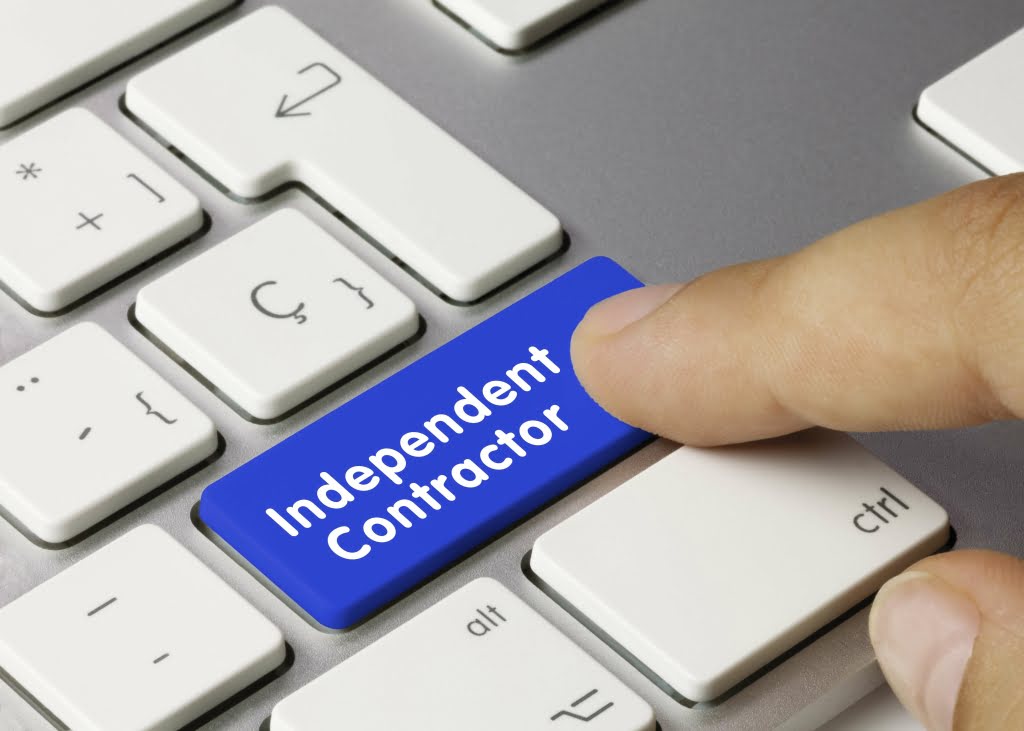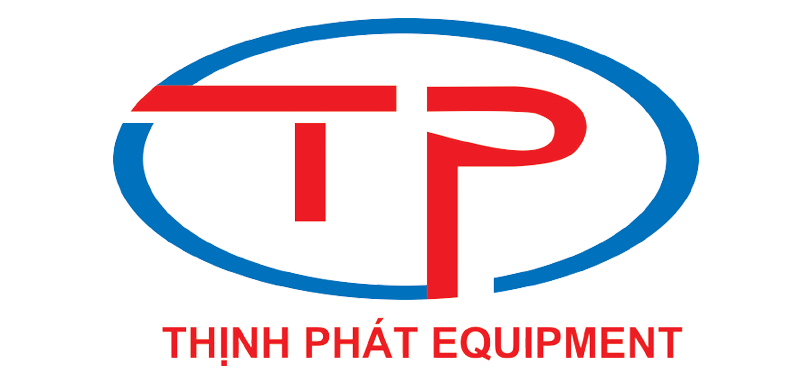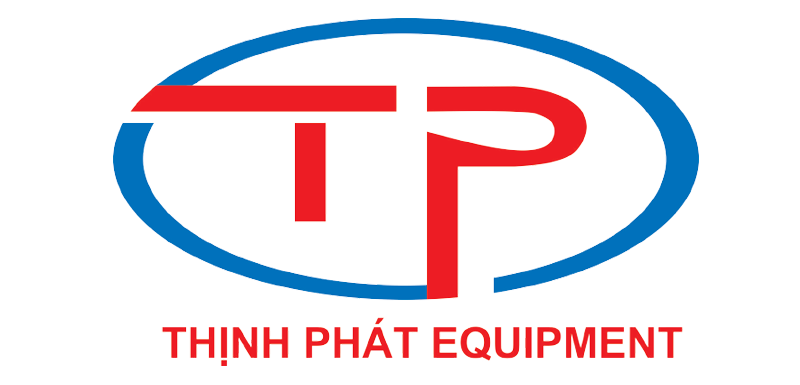Reading: Fixed and Variable Costs Microeconomics

Below is the statement extracted from its latest stock statement, submitted to the bank. For Supermarkets and other retailers, it must have its electricity on for 12 hours or so a day. On the other hand, the cost to run a production line has a direct relationship between cost and output. So for manufacturing and other such firms, utilities count as a variable cost.
In the News Teaching Activity – how might an increase in UK spending on defence affect the economy? (Mar

Initially, as output increases, the business becomes more efficient at using its resources. Workers develop expertise and routines, machinery operates at more efficient levels, and fixed costs are spread across more units. During this phase, the marginal cost of each additional unit decreases, often falling below the marginal revenue, indicating that increasing production will increase profits. Average variable cost (AVC) is a concept in economics that refers to the variable cost of producing a product or service divided by the quantity of output.
Understanding Variable Costs
- The company faces the risk of loss if it produces less than 20,000 units.
- Additionally, an analysis of variable costs can lead to more efficient operations.
- There is also a category of costs that falls between fixed and variable costs, known as semi-variable costs (sometimes called semi-fixed costs or mixed costs).
- While variable costs tend to remain flat, the impact of fixed costs on a company’s bottom line can change based on the number of products it produces.
- These include relevant range, degree of leverage, and contribution margin.
- Variable expense, on the other hand, depends on production levels.
- This can make it difficult to use marginal cost as the basis for long-term planning decisions.
Variable costs significantly influence pricing strategies as they determine the minimum price needed to cover the cost of production. Businesses must ensure that their selling prices are set above their variable costs to generate profit on each unit sold. In competitive markets, understanding variable costs helps in setting prices that attract customers while ensuring profitability. For example, if the bakery knows its variable cost per cake is $2, it will set its price above this threshold to ensure it covers costs and achieves desired profit margins. Marginal costs can include variable costs because they are part of the production process and expense. Variable costs change cash flow based on the level of production, which means there is also a marginal cost in the total cost of production.
- HUL produces many different types of products and is a large company.
- Consider wholesale bulk pricing that prices goods in tiers based on the quantity ordered.
- How Output Affects Total Costs At zero production, the fixed costs of $160 are still present.
- Marginal cost differs significantly from other cost metrics, such as average cost and fixed cost.
Variable Cost: Meaning, Formula, Types and Importance
If you buy shares of stock, your opportunity cost might be the guaranteed interest you’d receive on a certificate of deposit. Whenever you choose to spend money on a good or a service, you’re also choosing not to spend that money on something else. Opportunity Restaurant Cash Flow Management cost is the value of other goods, services, or activities you give up when you choose one investment or activity over another. Transportation costs affect all the stages of the supply chain.

Marginal Cost: Meaning, Formula, and Examples
This occurs where increased output leads to higher average costs. For example, in a big firm, it is more difficult to communicate and coordinate workers. Because the short run marginal cost curve is sloped like this, mathematically the average cost curve will be U shaped. But, when marginal cost is above the average cost, then average cost starts to rise. After a certain point, increasing extra workers leads to declining productivity. Therefore, as you employ more workers the marginal cost increases.
- For example, if a firm used its assets, like a printing press to print leaflets for a charity, it means that it loses out on revenue from producing commercial leaflets.
- The fixed cost remains constant over a relevant range, but the variable cost changes with every additional unit produced.
- The semi-variable cost consists of maintenance expenses, electricity, phone, internet, vehicle, and employee compensation.
- If you buy shares of stock, your opportunity cost might be the guaranteed interest you’d receive on a certificate of deposit.
- There are a number of different costs that firms can measure or have to pay to suppliers.
What are the differences between short run and long run costs?

Variable costs increase with an increase in production, and vice versa. The variable costs consist of direct labour costs, supplies, raw materials, utilities, commissions, credit card fees, packaging, and distribution expenses. The most common variable costs are direct labour, raw materials, supplies, packaging, and distribution, but they can be different in different industries. Marginal cost differs significantly from other cost metrics, such as average cost and fixed cost.

It is an aggregation of various variable expenses incurred by a business. Thus, external factors caused a $29700 change in variable expense for other months (despite outputting the same production levels). Indicates the total monetary outlay directly related to production levels, allowing businesses to assess total cost implications. Furthermore, if a particular order requires specialized variable costs economics definition ingredients that are more expensive, the variable cost per cake would increase accordingly. In this way, variable costs directly correlate with the production output and the specifics of each order. Even fixed costs can change over time, but the change will not be related to production.



